کلیسای آشوری مشرق. کلیسای آشوری مشرق ( به سریانی: ܥܕܬܐ ܕܡܕܢܚܐ ܕܐܬܘܖ̈ܝܐ ) یا به طور رسمی کلیسای آشوری کاتولیک حواری مقدس مشرق ( به سریانی: ܥܕܬܐ ܩܕܝܫܬܐ ܘܫܠܝܚܝܬܐ ܩܬܘܠܝܩܝ ܕܡܕܢܚܐ ܕܐܬܘܪ̈ܝܐ ) یک مذهب مسیحی شرقی است که در مسیح شناسی و کلیساشناسی از کلیسای تاریخی مشرق پیروی می کند. زبان اصلی این کلیسا سریانی است و اکثر پیروان آن آشوری تبار هستند.
مقر این کلیسا در گذشته در اربیل در کردستان عراق قرار داشت اما به دلیل جنگ ایران و عراق این مقر در دهه ۱۹۸۰ به شیکاگو در ایالات متحده آمریکا منتقل شد. منطقه اصلی کلیسای آشوری علاوه بر شمال عراق، شامل جنوب شرق ترکیه، شمال شرق سوریه و شمال غرب ایران نیز می شود که عمدتاً نواحی امپراتوری تاریخی آشور را شامل می شوند. از سال ۲۰۱۵، مار جرجیس سوم رهبر این فرقه است.
کلیسای آشوری مشرق ادعای پیوستگی با کلیسای تاریخی مشرق را دارد، اما با کلیسای ارتدکس مشرقی و کلیسای ارتدکس شرقی در ارتباط نیست و یک ساختار اسقفی سنتی به رهبری جاثلیق دارد.
↑ درستی نسبت دادن نستوریانیسم به نستوریوس، که کلیسای آشوری شرق او را به عنوان یک قدیس گرامی می داشت، مورد مناقشه است. [ ۱] [ ۲] David Wilmshurst states that for centuries "the word 'Nestorian' was used both as a term of abuse by those who disapproved of the traditional East Syrian theology, as a term of pride by many of its defenders and as a neutral and convenient descriptive term by others. Nowadays it is generally felt that the term carries a stigma". [ ۳] Sebastian P. Brock says: "The association between the Church of the East and Nestorius is of a very tenuous nature, and to continue to call that Church 'Nestorian' is, from a historical point of view, totally misleading and incorrect – quite apart from being highly offensive and a breach of ecumenical good manners. "[ ۴] Apart from its religious meaning, the word "Nestorian" has also been used in an ethnic sense, as shown by the phrase "Catholic Nestorians". [ ۵] [ ۶] [ ۷] In light of the persistently misused 'Nestorian' term, Sebastian Brock, a Fellow of the British Academy, in his 1996 article entitled: The 'Nestorian' Church: a lamentable misnomer, published in the Bulletin of the John Rylands Library, called the designation for the Assyrian Church of the East as the "'Nestorian Church'"as ". . both inappropriate and misleading. . ", quoted in the larger context: ". . the term 'Nestorian Church' has become the standard designation for the ancient oriental church which in the past called itself 'The Church of the East', but which today prefers the fuller title 'The Assyrian Church of the East'. Such a designation is not only discourteous to modern members of this venerable church, but also – as this paper aims to show – both inappropriate and misleading. "[ ۸] ↑ In 1994, the Common Christological Declaration between the Catholic Church and the Assyrian Church of the East marked the resolution of a dispute between those two churches that had existed since the Council of Ephesus. They expressed their common understanding of doctrine concerning the divinity and humanity of Christ, and recognized the legitimacy and rightness of their respective descriptions of Mary as, on the Assyrian side, "the Mother of Christ our God and Saviour", and, on the Catholic side, as "the Mother of God" and also as "the Mother of Christ". [ ۹]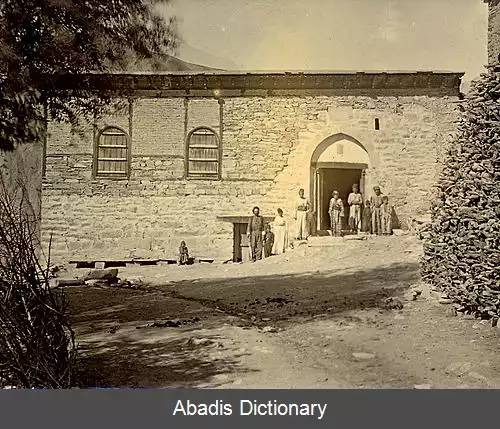
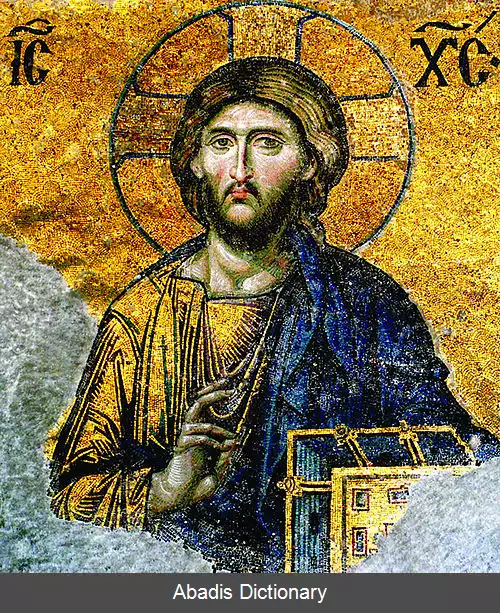
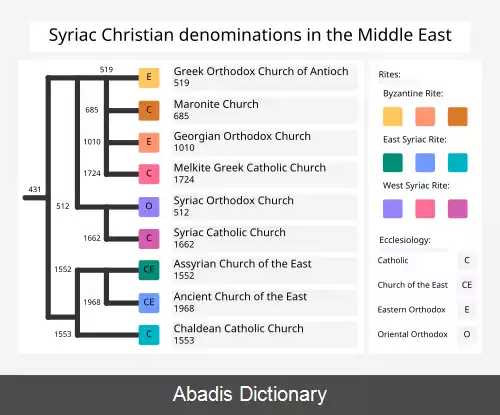
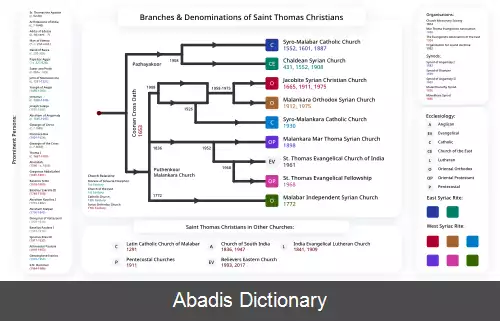
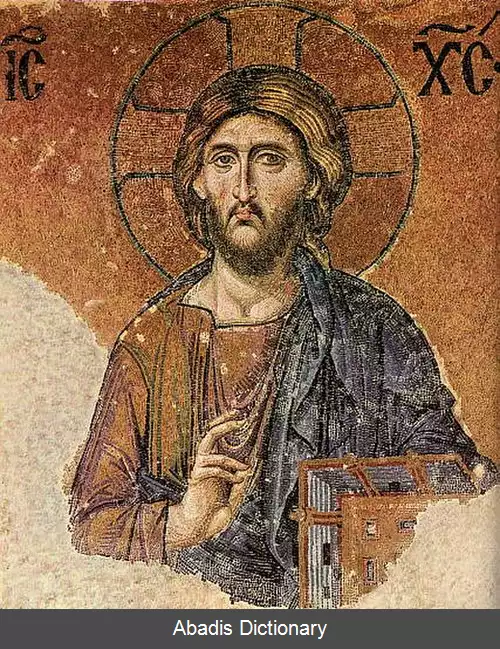
این نوشته برگرفته از سایت ویکی پدیا می باشد، اگر نادرست یا توهین آمیز است، لطفا گزارش دهید: گزارش تخلفمقر این کلیسا در گذشته در اربیل در کردستان عراق قرار داشت اما به دلیل جنگ ایران و عراق این مقر در دهه ۱۹۸۰ به شیکاگو در ایالات متحده آمریکا منتقل شد. منطقه اصلی کلیسای آشوری علاوه بر شمال عراق، شامل جنوب شرق ترکیه، شمال شرق سوریه و شمال غرب ایران نیز می شود که عمدتاً نواحی امپراتوری تاریخی آشور را شامل می شوند. از سال ۲۰۱۵، مار جرجیس سوم رهبر این فرقه است.
کلیسای آشوری مشرق ادعای پیوستگی با کلیسای تاریخی مشرق را دارد، اما با کلیسای ارتدکس مشرقی و کلیسای ارتدکس شرقی در ارتباط نیست و یک ساختار اسقفی سنتی به رهبری جاثلیق دارد.
↑ درستی نسبت دادن نستوریانیسم به نستوریوس، که کلیسای آشوری شرق او را به عنوان یک قدیس گرامی می داشت، مورد مناقشه است. [ ۱] [ ۲] David Wilmshurst states that for centuries "the word 'Nestorian' was used both as a term of abuse by those who disapproved of the traditional East Syrian theology, as a term of pride by many of its defenders and as a neutral and convenient descriptive term by others. Nowadays it is generally felt that the term carries a stigma". [ ۳] Sebastian P. Brock says: "The association between the Church of the East and Nestorius is of a very tenuous nature, and to continue to call that Church 'Nestorian' is, from a historical point of view, totally misleading and incorrect – quite apart from being highly offensive and a breach of ecumenical good manners. "[ ۴] Apart from its religious meaning, the word "Nestorian" has also been used in an ethnic sense, as shown by the phrase "Catholic Nestorians". [ ۵] [ ۶] [ ۷] In light of the persistently misused 'Nestorian' term, Sebastian Brock, a Fellow of the British Academy, in his 1996 article entitled: The 'Nestorian' Church: a lamentable misnomer, published in the Bulletin of the John Rylands Library, called the designation for the Assyrian Church of the East as the "'Nestorian Church'"as ". . both inappropriate and misleading. . ", quoted in the larger context: ". . the term 'Nestorian Church' has become the standard designation for the ancient oriental church which in the past called itself 'The Church of the East', but which today prefers the fuller title 'The Assyrian Church of the East'. Such a designation is not only discourteous to modern members of this venerable church, but also – as this paper aims to show – both inappropriate and misleading. "[ ۸] ↑ In 1994, the Common Christological Declaration between the Catholic Church and the Assyrian Church of the East marked the resolution of a dispute between those two churches that had existed since the Council of Ephesus. They expressed their common understanding of doctrine concerning the divinity and humanity of Christ, and recognized the legitimacy and rightness of their respective descriptions of Mary as, on the Assyrian side, "the Mother of Christ our God and Saviour", and, on the Catholic side, as "the Mother of God" and also as "the Mother of Christ". [ ۹]





wiki: کلیسای آشوری مشرق
